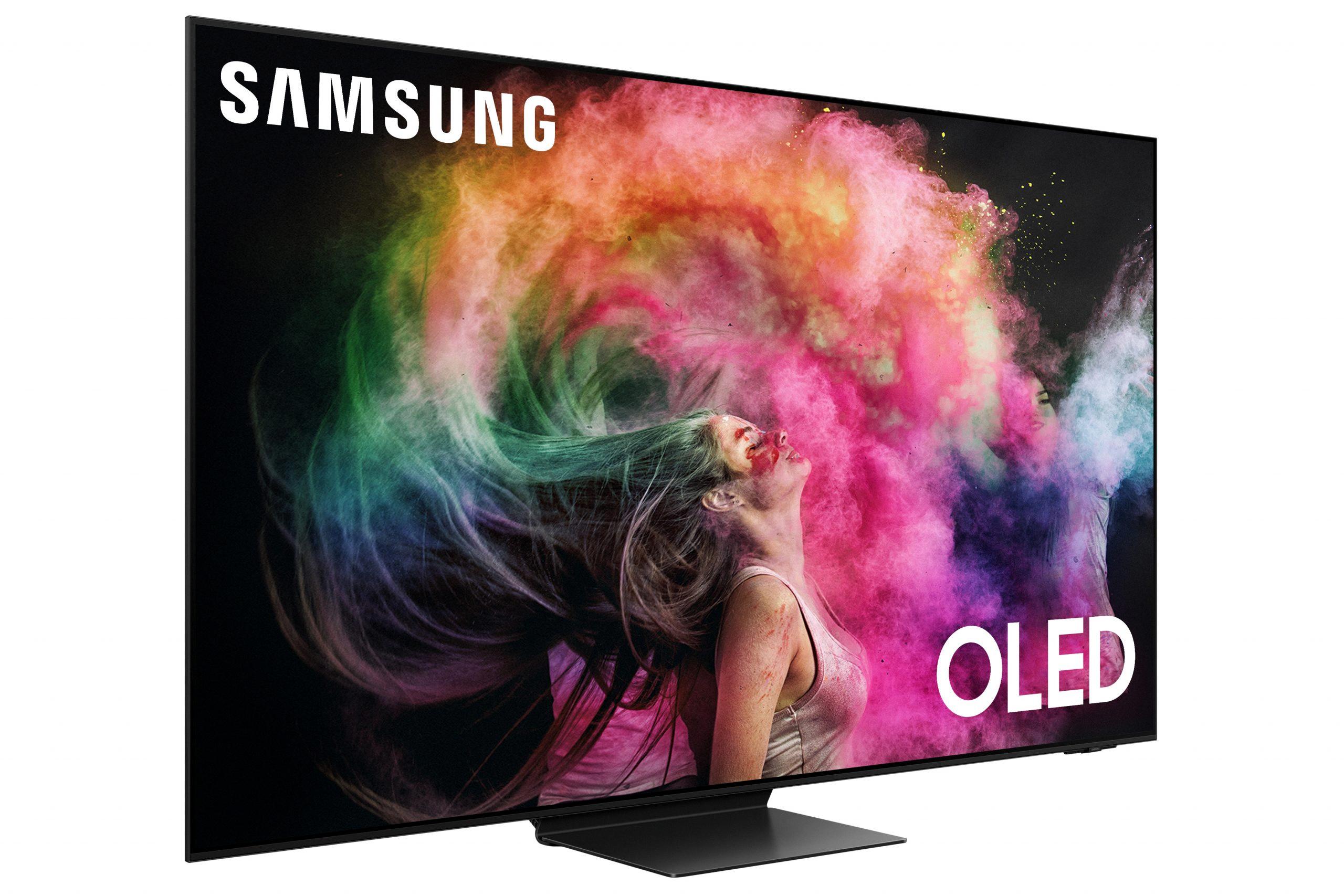TV technology has come a long way in recent years, offering viewers a more immersive and visually stunning experience. One of the latest advancements in TV technology is the introduction of 4K resolution. But how do you know if your TV is 4K? Let’s dive into the details.
The first step in determining if your TV is 4K is to check the resolution setting in your TV’s settings menu. This can usually be found in the picture or display settings. If your TV is 4K compatible, you should see a resolution option of 3840 x 2160 or 2160p. This is the standard resolution associated with 4K Ultra HD content.
It’s important to note that not all 4K resolutions are necessarily 2160 pixels tall, and not all 2160p resolutions have a width of approximately 4000 pixels. However, 2160p is commonly used as a synonym for 4K UHD, representing the resolution typically associated with Ultra HD content.
Now, you may be wondering what exactly 4K resolution means and how it differs from HD. 4K TVs have four times more pixels than traditional Full HD (1920 x 1080) TVs. Even on TV screens of the same size, the 4K TV picture quality ends up being more vivid and detailed, thanks to the greater pixel density. This difference becomes especially apparent on larger screen TVs.
To put it simply, the difference between HD and 4K is that 4K video contains four times the number of pixels as HD video. While HD still provides a higher number of pixels compared to standard definition videos, 4K images offer even more clarity and precision. This means that even if HD images don’t contain as much detail as 4K images, they still appear clear and sharp.
If you’re still unsure whether your TV is 4K, you can also consult your TV’s owner’s manual. The resolution listing should be included in the manual, providing you with a definitive answer.
To fully enjoy the benefits of 4K resolution, it’s important to make sure you have access to 4K content. Many streaming services now offer 4K streaming options, and 4K Blu-ray discs are also available for purchase. Keep in mind that in order to stream or play 4K content, you may need a compatible device and a reliable internet connection with sufficient bandwidth.
Determining if your TV is 4K can be done by checking the resolution setting in your TV’s settings menu and consulting your TV’s owner’s manual. 4K TVs offer a higher pixel density, resulting in more vivid and detailed picture quality compared to HD TVs. By ensuring you have access to 4K content, you can fully enjoy the benefits of this advanced TV technology.

How Do You Know the Resolution of Your TV?
To determine the resolution of your TV, you can follow these steps:
1. Locate the settings menu on your TV. This is typically accessed by pressing the “Menu” button on your remote control.
2. Navigate through the menu options using the arrow buttons on your remote until you find the “Settings” or “Setup” section.
3. Look for a sub-menu or option labeled “Display” or “Picture.” This is where you will find the resolution settings.
4. Once you have accessed the display settings, you should see a list of available resolutions. The resolutions may be listed as numbers (e.g., 1920×1080 or 3840×2160) or as abbreviations (e.g., HD, Full HD, 4K).
5. Refer to your owner’s manual for specific instructions on how to identify and change the resolution on your particular TV model. The manual should provide detailed information on navigating the menu and selecting the appropriate resolution.
What Does 4K Look Like on TV?
4K on TV looks incredibly sharp and detailed. With four times the number of pixels compared to Full HD TVs, the picture quality is significantly enhanced. The increased pixel density in 4K TVs makes the images appear more vivid and lifelike, with finer details that are easily noticeable. This is particularly noticeable on big screen TVs, where the larger display size allows for a more immersive viewing experience.
Some key features of 4K TV picture quality include:
1. Resolution: 4K TVs have a resolution of 3840 x 2160 pixels, providing a much higher level of detail compared to Full HD TVs. This means that images and videos appear crisper and sharper, allowing you to see even the smallest details.
2. Color Accuracy: 4K TVs often offer better color accuracy and a wider color gamut, resulting in more vibrant and realistic colors. This adds depth and richness to the visuals, making them more engaging and visually appealing.
3. Contrast and Black Levels: Many 4K TVs are equipped with advanced technologies like High Dynamic Range (HDR), which enhances the contrast and black levels. This means that the bright areas of the picture are brighter, and the dark areas are darker, creating a more dynamic and realistic image.
4. Upscaling: Even if you’re watching content that is not originally in 4K resolution, many 4K TVs have built-in upscaling capabilities. This means that they can intelligently upscale lower-resolution content to fit the 4K screen, resulting in improved clarity and detail compared to watching the same content on a Full HD TV.
4K on TV offers a visually stunning experience with enhanced sharpness, detail, color accuracy, and contrast. It provides a more immersive and lifelike viewing experience, particularly on larger screens.
Can You Tell the Difference Between HD and 4K?
I can definitely explain the difference between HD and 4K in detail. HD, or high definition, refers to a video resolution that contains a higher number of pixels compared to standard definition videos. This increased pixel count results in a clearer and more detailed image.
On the other hand, 4K, also known as Ultra HD, takes the clarity and detail to another level. It contains four times the number of pixels as HD, hence the name 4K. This means that 4K videos have a much sharper and more intricate level of detail, providing a more immersive viewing experience.
To put it in perspective, let’s consider the pixel count. HD videos typically have a resolution of 1920×1080 pixels, while 4K videos boast a resolution of 3840×2160 pixels. This significant increase in pixel count allows for more precise and lifelike visuals.
When comparing HD and 4K images side by side, the difference becomes apparent. While HD images already look clear and precise, 4K images take it a step further, offering a level of detail that is truly remarkable. Fine textures, subtle color variations, and intricate patterns are much more pronounced in 4K.
However, it’s worth noting that the difference between HD and 4K may not be as noticeable on smaller screens or from a distance. To fully appreciate the benefits of 4K, larger screens or closer viewing distances are recommended.
The main distinction between HD and 4K lies in the pixel count. HD videos have a higher pixel count than standard definition videos, resulting in clearer visuals. However, 4K videos take it a step further by offering four times the number of pixels as HD, resulting in even sharper and more detailed images.
Does 2160p Mean 4K?
2160p does not necessarily mean 4K, although it is often used as a synonym for 4K UHD. 2160p refers specifically to the vertical resolution of a video or display, which is 2160 pixels. On the other hand, 4K resolution commonly refers to Ultra HD content, which has a horizontal resolution of approximately 4000 pixels.
It’s important to note that not all 4K resolutions are 2160 pixels tall, and not all 2160p resolutions have a width of approximately 4000 pixels. The term 4K can encompass various resolutions, such as 3840 x 2160 or 4096 x 2160, depending on the specific context and industry standards.
Conclusion
The resolution of a TV plays a crucial role in determining the picture quality and level of detail you can expect to see. 4K TVs, with their four times greater pixel count compared to traditional Full HD TVs, offer a more vivid and detailed viewing experience, especially on larger screens. However, it’s important to note that HD still provides a higher number of pixels than standard definition videos, resulting in clear and precise images. The term “2160p” is often used interchangeably with 4K UHD, representing the resolution commonly associated with Ultra HD content. It’s worth noting that not all 4K resolutions are exactly 2160 pixels tall, and not all 2160p resolutions have a width of approximately 4000 pixels. Ultimately, the choice between HD and 4K depends on your preferences and budget, as well as the availability of content in each format.








